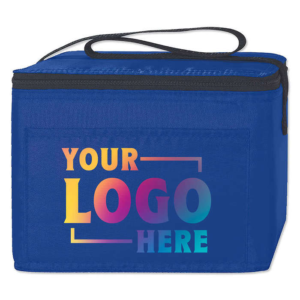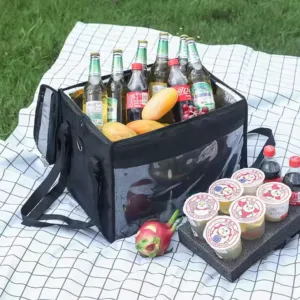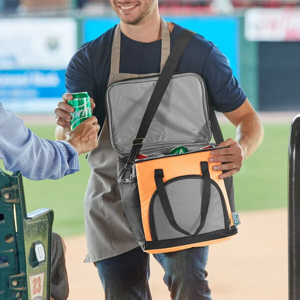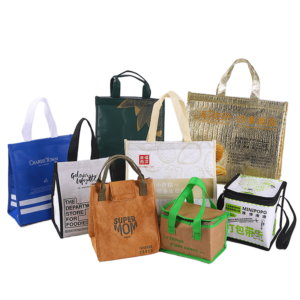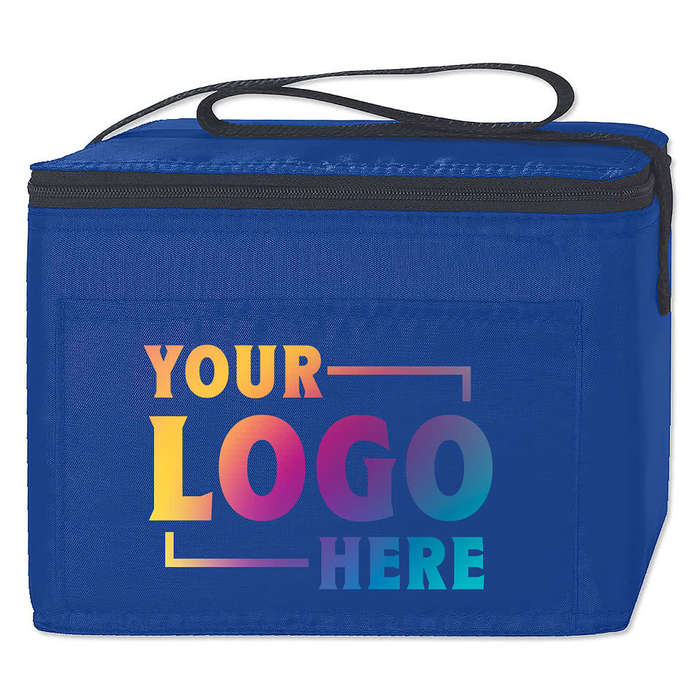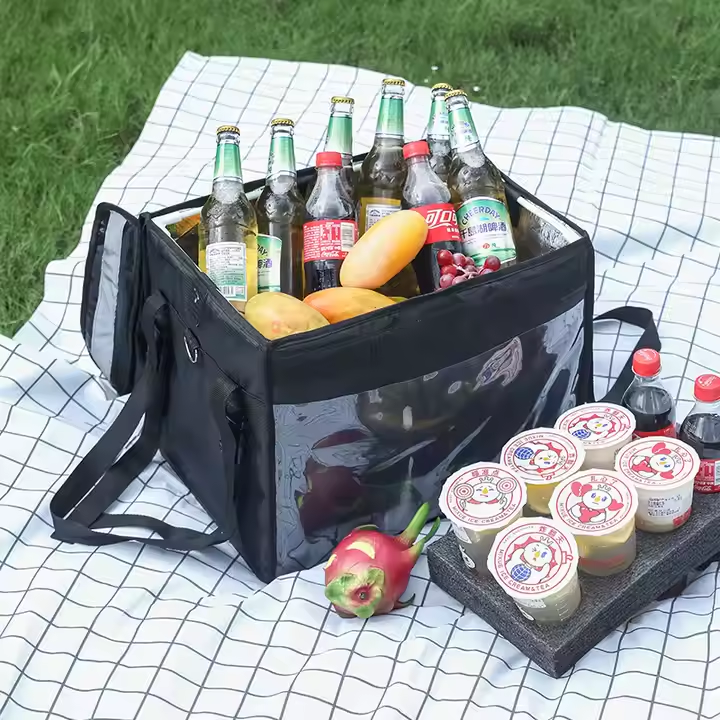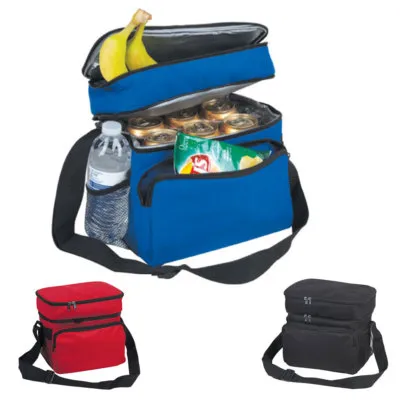Discover the top materials that enhance cooler bags against outdoor elements like moisture, heat, and abrasion—helping manufacturers and consumers choose smarter for long-term use.
A weatherproof cooler bag lasts longer, keeps contents colder, and performs better in outdoor environments.
1. Polyester
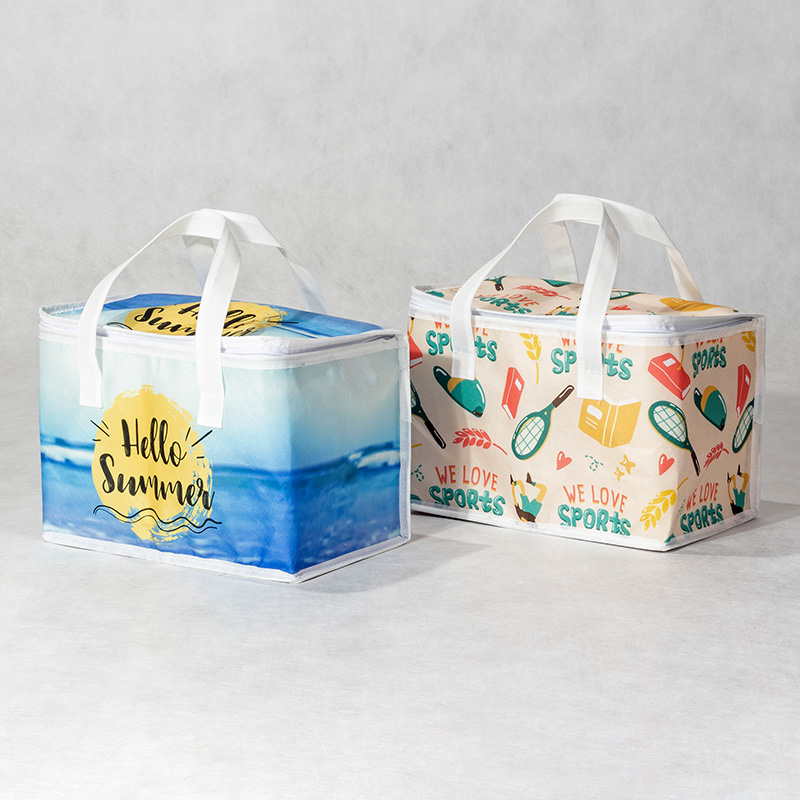
Polyester is water-resistant, abrasion-proof, and lightweight, making it a top choice for cooler bag shells used in outdoor settings.
Why it matters:
Polyester’s weave structure resists tears and scuffs. Its natural water resistance helps shed rain or spills quickly.
Polyester1 used in cooler bags is often treated with a waterproof laminate or PU coating. This boosts water repellency without adding much weight. It is ideal for adventure settings like hiking, beach outings, or fishing trips.
Key Features of Polyester
| Property | Benefit |
|---|---|
| Lightweight | Easy to carry on long trips |
| Tough Weave | Withstands outdoor abrasion |
| Coating-Friendly | Accepts PU or PVC laminates |
Many top brands coat polyester with TPU or PE for added weatherproofing. To explore how JiaRong Packing uses durable polyester blends, visit our cooler bag collection.
2. Nylon2
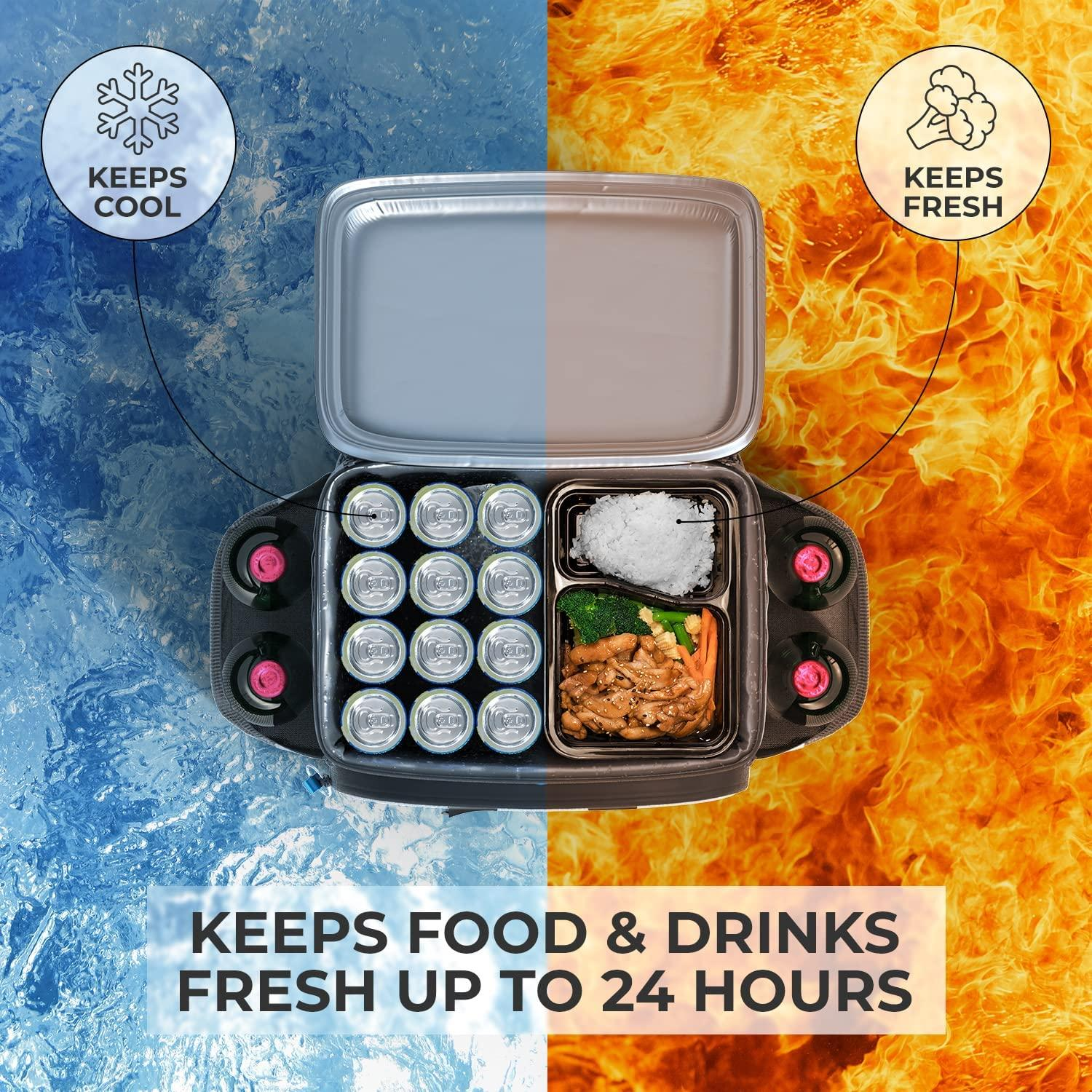
Nylon is highly abrasion-resistant and water-repellent, especially in high-denier forms, making it excellent for harsh or wet environments.
Why it matters:
Nylon is stronger than polyester. High-denier nylon (420D, 600D, etc.) gives cooler bags rugged strength and better rain resistance.
Nylon resists UV damage and holds coatings well. It is often used in soft coolers meant for heavy-duty tasks. When bonded with TPU or PVC, it becomes completely waterproof.
Nylon Grades in Use
| Denier (D) | Use Case | Durability3 |
|---|---|---|
| 210D | Lightweight daily use | Medium |
| 420D | Camping and travel | High |
| 600D+ | Commercial or rugged use | Very High |
Check out JiaRong’s high-performance cooler bags that utilize nylon and coatings at this page.
3. Canvas4
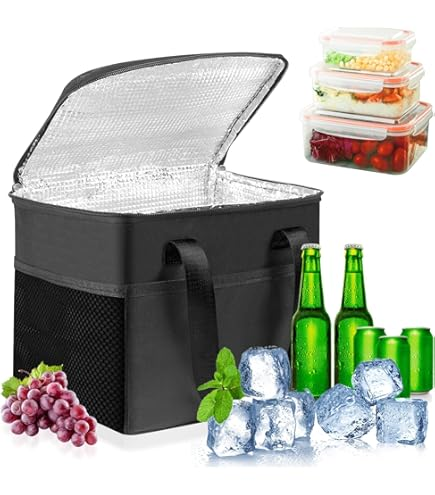
Canvas is a natural, durable fabric that offers moderate insulation and can be treated for water resistance.
Why it matters:
Canvas offers vintage style and eco appeal. However, untreated canvas is not waterproof. A waxed finish or laminate solves this.
Canvas is ideal for semi-urban settings or fashion-forward brands. Waxed canvas resists moisture while retaining a classic texture. It is commonly chosen for aesthetic-focused cooler bags with a rustic look.
Benefits of Treated Canvas
- Stylish, textured appearance
- Can be biodegradable or organic
- Coating options: wax, silicone spray, PVC laminate
For environmentally conscious designs, JiaRong Packing offers customized canvas options. Explore more here.
4. PEVA Lining5
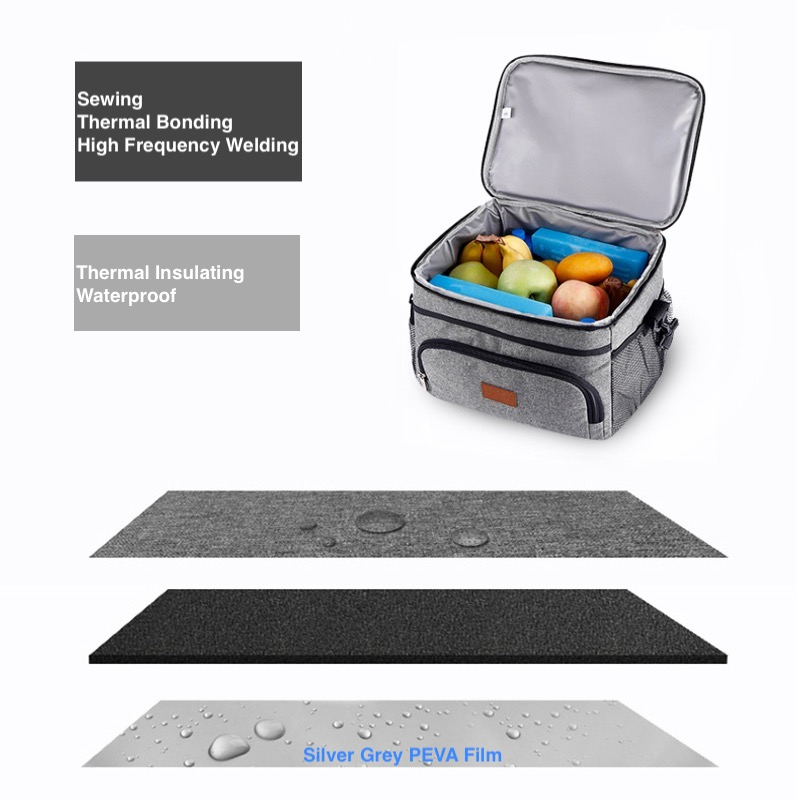
PEVA is a waterproof, non-toxic lining that prevents leaks and simplifies cleaning—an essential part of cooler bag interiors.
Why it matters:
PEVA is safe for food contact and better than PVC in environmental safety. It lines the inner walls of many modern cooler bags.
Unlike PVC, PEVA is chlorine-free and emits no harmful gases. It has a soft, rubbery texture that creates a seamless interior barrier against moisture and stains.
PEVA vs. PVC
| Feature | PEVA | PVC |
|---|---|---|
| Eco-Friendly6 | ✅ Yes | ❌ No |
| Safe for Food | ✅ Yes | ⚠️ Only some grades |
| Texture | Soft, flexible | Stiff, plasticky |
For safe and sustainable bag linings, browse JiaRong’s insulated designs at this link.
5. Closed-Cell Foam
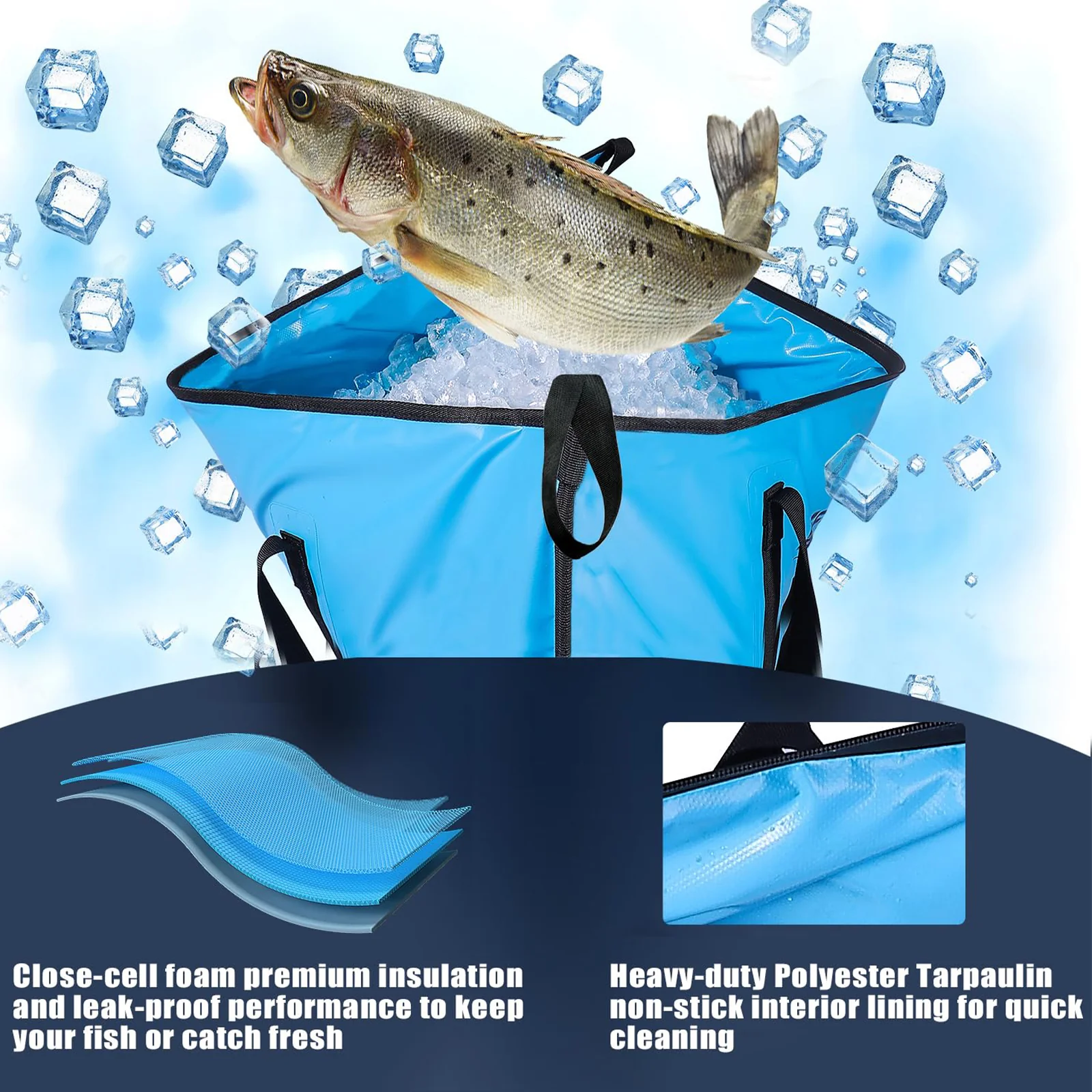
Closed-cell foam adds insulation and resists moisture, creating structure and keeping cooler bags cold for longer periods.
Why it matters:
This foam traps air without letting water through, making it essential for heat retention and shape stability.
Common types include EVA and polyethylene foam. They are dense, shock-absorbing, and do not absorb water. These foams are layered between the outer fabric and inner lining.
Foam Properties
| Foam Type | Thermal Insulation7 | Water Resistance |
|---|---|---|
| EVA Foam | Excellent | Excellent |
| Polyethylene | Good | Very Good |
Coolers using closed-cell foam maintain ice packs longer. Learn how JiaRong uses foam inserts to improve performance on this page.
6. Welded Materials
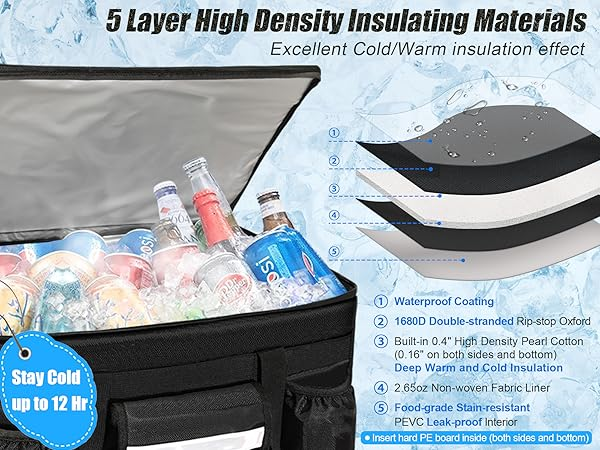
Heat-welded or solvent-welded seams in cooler bags eliminate leaks by fusing materials into waterproof panels.
Why it matters:
Stitched seams can leak over time. Welded seams don’t—they're fused airtight and ideal for full waterproofing.
This process is used in high-end coolers for marine or boating use. The weld method depends on the material: TPU and vinyl are common for heat welding. The end product has zero needle holes and zero leakage points.
Advantages
- Seamless construction
- Long lifespan
- Leak-proof design
To build your own waterproof cooler line with welded seams, see our examples at JiaRong Packing.
7. Waterproof Coatings & Laminates8

Applied PU or TPU coatings improve fabric water resistance and add a smooth, easy-clean surface to cooler bags.
Why it matters:
Without a coating, even strong fabrics absorb water. Laminates block it, protect against UV rays, and resist stains.
PU (polyurethane) coatings are flexible and cheaper. TPU (thermoplastic polyurethane) is stronger and eco-friendlier. Laminates are typically applied to polyester and nylon to improve weather resistance.
Common Coating Types
| Coating Type | Durability | Eco Rating |
|---|---|---|
| PU | Medium | Moderate |
| TPU | High | High |
| PVC | Very High | Low |
A bag that looks clean and feels dry even in rain is thanks to its laminate. For fully customized coated fabrics, check JiaRong’s cooler bag options.
Conclusion
Choosing the right combination of outer fabric, inner lining, insulation, and seam sealing is the secret to a weather-resistant cooler bag. Whether you’re creating a rugged camping model or a sleek urban version, these materials provide the durability, moisture resistance, and thermal performance needed for top-quality products.
From my experience, PEVA liners and EVA foam cores provide the best cold-holding ability and leak protection. Polyester outer shells with waterproof coatings offer great value and durability for most climates.
Which material do you prefer for your brand or outdoor needs? Let me know your thoughts or explore our product range here.
-
Explore how polyester enhances cooler bags with its lightweight and water-resistant properties. ↩
-
Discover the strength and durability of nylon, making it ideal for outdoor cooler bags. ↩
-
Find out what makes cooler bags durable and long-lasting for outdoor use. ↩
-
Learn about the stylish and eco-friendly benefits of canvas in cooler bag design. ↩
-
Find out how PEVA lining improves leak protection and is safer for food contact. ↩
-
Explore sustainable options for cooler bags that are better for the environment. ↩
-
Understand the role of thermal insulation in maintaining cold temperatures in cooler bags. ↩
-
Learn how coatings improve water resistance and durability in cooler bag fabrics. ↩


